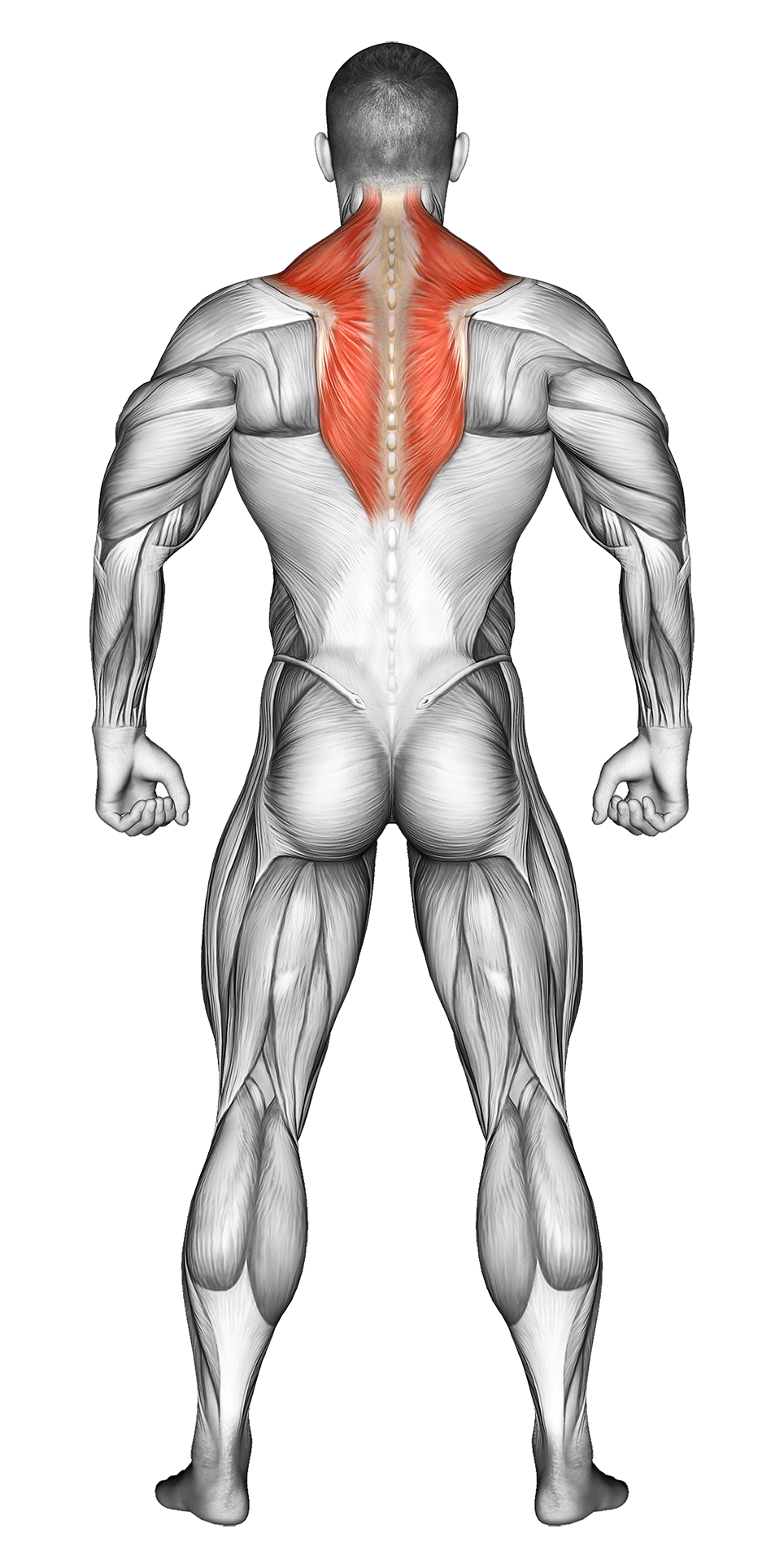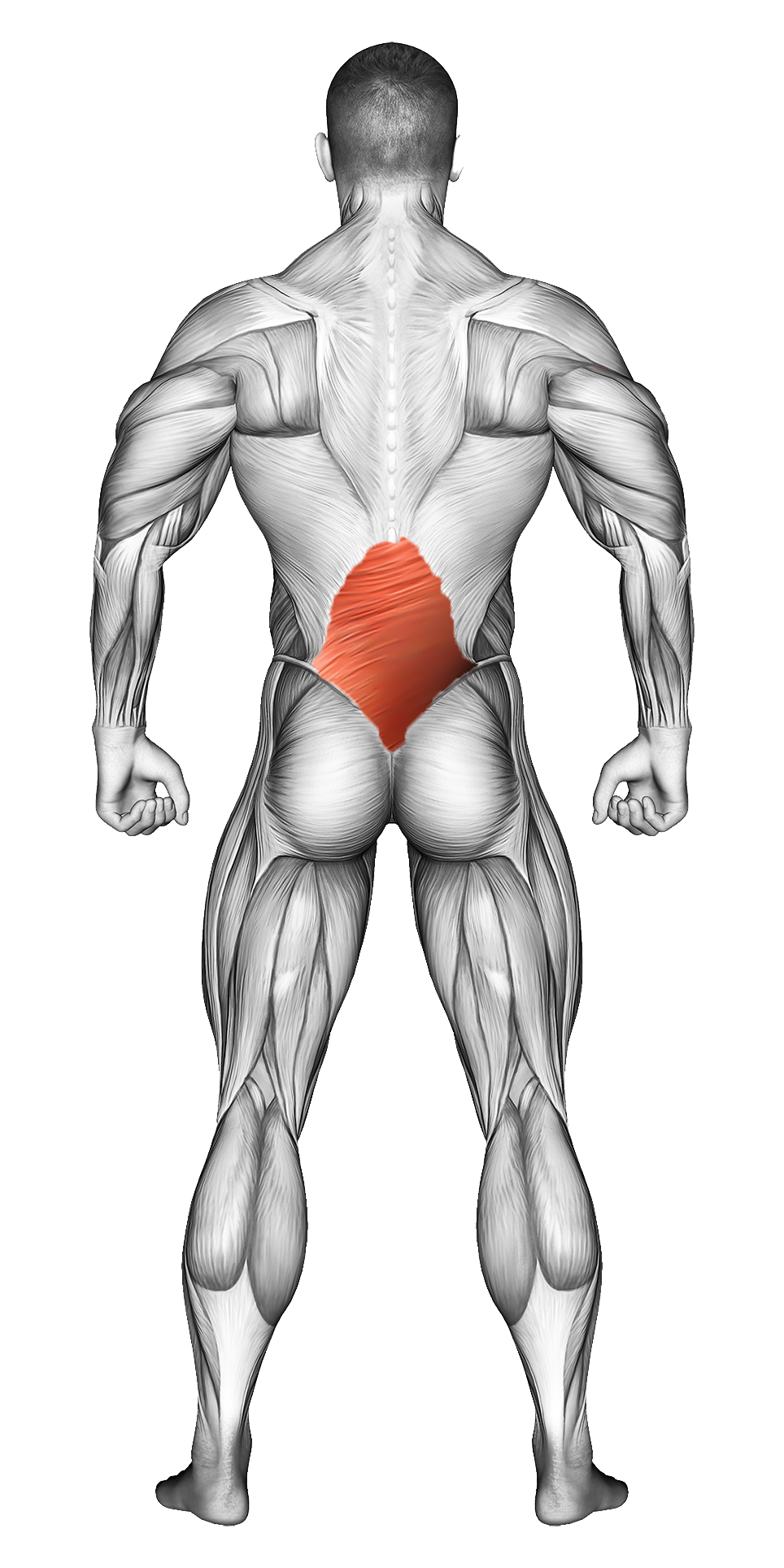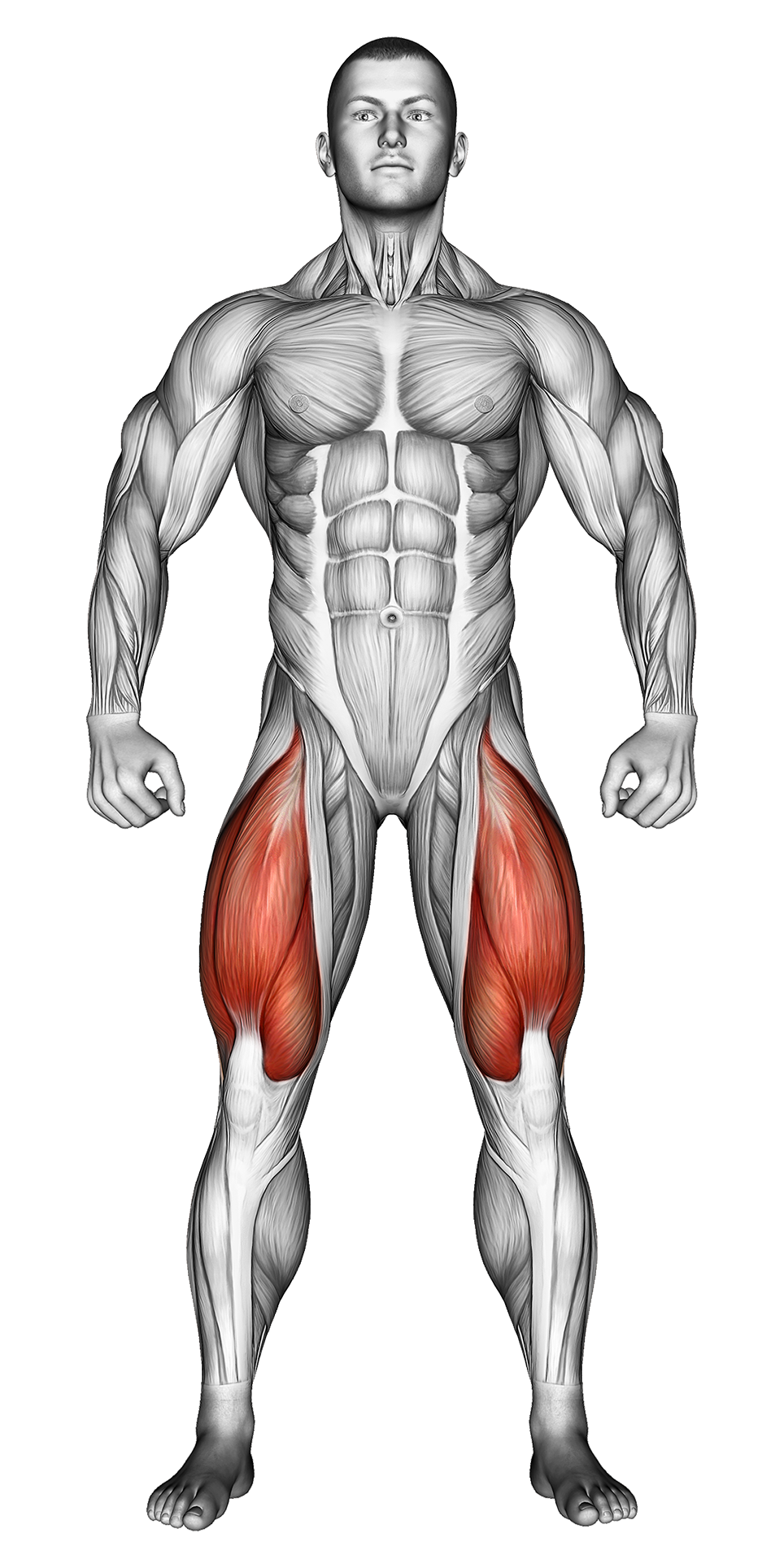Dumbbell Deadlift: Video Tutorial & Exercise Guide
| Workout | Dumbbell Deadlift |
| Primary Muscle Group | Traps |
| Secondary Muscle Group | Lower Back, Quads |
| Equipment Required | Dumbbell |
| Force Type | Dynamic |
| Mechanics | Compound |
| Exercise Type | Strength |
| Difficulty | Intermediate |
Dumbbell Deadlift: Video Tutorial & Exercise Guide
Muscle Groups
- Primary Muscle Group- Secondary Muscle Group
Dumbbell Deadlift - Step-by-Step Guide
Dumbbell Deadlift Overview
Benefits of Dumbbell Deadlift
Dumbbell Deadlift Pro Tips & Advanced Techniques
Progression Plan for Dumbbell Deadlift
Frequently Asked Questions (FAQs) Of Dumbbell Deadlift
Secondary Muscles
How to do Dumbbell Deadlift – Step-by-Step Guide
- Step 1: Stand tall with your feet shoulder-width apart, holding a dumbbell in each hand with your arms fully extended in front of your thighs. Keep your palms facing your body and your knees slightly bent.
- Step 2: Engage your core and keep your chest lifted. Begin the movement by hinging at your hips, pushing your hips back while lowering the dumbbells toward the floor.
- Step 3: Lower the dumbbells down while maintaining a slight bend in your knees. Keep the dumbbells close to your legs and your back flat, ensuring you maintain a neutral spine.
- Step 4: Once the dumbbells reach just below your knees or you feel a stretch in your hamstrings, pause briefly.
- Step 5: Push through your heels and extend your hips to return to the starting position, squeezing your glutes at the top of the movement. Repeat for the desired number of reps.
Dumbbell Deadlift Overview
The Dumbbell Deadlift is a compound movement that primarily targets the hamstrings, glutes, and lower back. It also engages the core and strengthens the posterior chain, making it an excellent full-body exercise for developing functional strength.
Using dumbbells instead of a barbell adds versatility and allows for a greater range of motion, making it accessible for all fitness levels. This exercise helps improve posture, balance, and flexibility, while also building strength in the legs, glutes, and lower back.
Benefits of Dumbbell Deadlifts
Dumbbell Deadlifts primarily target the hamstrings and glutes, while also engaging the lower back, core, and calves for stability. This movement helps improve posterior chain strength, which is crucial for supporting proper posture and preventing lower back injuries.
The exercise also enhances flexibility and mobility in the hips and hamstrings. Since dumbbells allow for more freedom of movement compared to a barbell, you can fine-tune the exercise to suit your specific range of motion.
Dumbbell Deadlifts are great for building lower body strength and power, making them an essential addition to any strength training or functional fitness routine.
Dumbbell Deadlifts Pro Tips & Advanced Techniques
Keep your back flat and your core engaged throughout the movement to avoid rounding your spine. Focus on hinging at the hips, not bending at the knees. To increase intensity, slow down the eccentric (lowering) phase or use heavier dumbbells. Ready to strengthen your posterior chain? Let’s deadlift!
Progression Plan for Dumbbell Deadlifts
| Level | Sets | Reps | Progression Tips |
|---|---|---|---|
| Beginner | 2 | 8-10 | Start with lighter dumbbells and focus on mastering the hip hinge movement. Ensure you keep a neutral spine throughout the exercise and focus on feeling the stretch in your hamstrings. |
| Intermediate | 3 | 10-12 | Increase the weight of the dumbbells as your form improves, focusing on controlling the descent and squeezing your glutes at the top of each rep. |
| Advanced | 4 | 12-15 | Use heavier weights and slow down the eccentric phase to increase time under tension. You can also try a single-leg deadlift variation for more balance and core engagement. |
Frequently Asked Questions (FAQs) of Dumbbell Deadlift
What muscles do Dumbbell Deadlifts target?
This exercise primarily targets the hamstrings, glutes, and lower back, while also engaging the core and calves for stability and balance.
Are Dumbbell Deadlifts suitable for beginners?
Yes, Dumbbell Deadlifts are suitable for beginners. Start with lighter weights to focus on mastering the hip hinge movement and maintaining proper form. Gradually increase the weight as you build strength and confidence.
How can I make Dumbbell Deadlifts more challenging?
To increase difficulty, use heavier dumbbells or slow down the eccentric phase to increase time under tension. You can also try the single-leg deadlift variation for additional balance and core engagement.
How often should I include Dumbbell Deadlifts in my routine?
Include this exercise 2-3 times per week as part of your lower body or full-body workout. It pairs well with squats, lunges, and other posterior chain exercises for a comprehensive lower body workout.
What common mistakes should I avoid?
Avoid rounding your back or bending your knees too much. Focus on hinging at the hips and keeping your spine neutral to prevent lower back strain and ensure proper form.
Share


